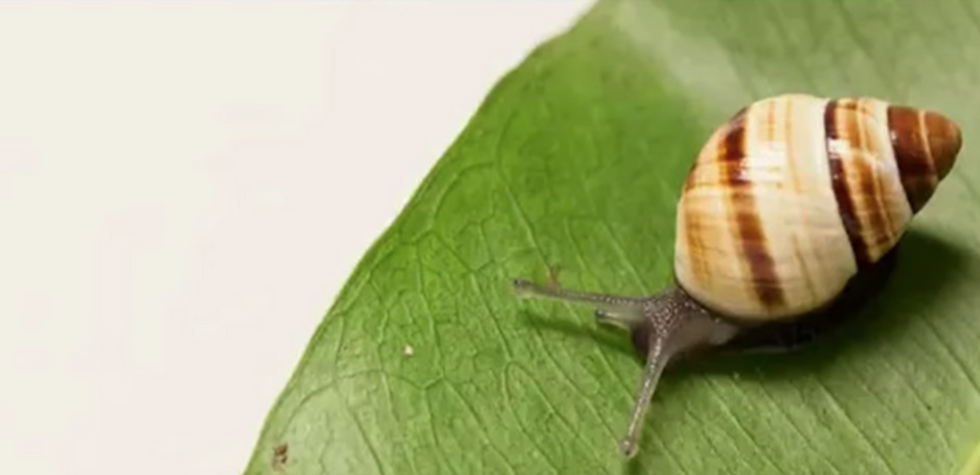In a world that is constantly growing with only a finite amount of room, we do not have enough space for everyone or everything. Overpopulation is one of the many factors constantly demanding space and resources; necessities that are depleting -- and depleting fast. When we focus on what people need -- more advanced technology, more places to live, and more resources for the infinite number of things we want -- we lose focus on the fact we are not the only creatures living on Earth.
Animals are another occupant in which we must coexist with, and when we tear down a tree to make more paper, we also tear down a habitat for whichever creature calls that tree their home. One of the main causes of extinction is human activity. We are almost single-handedly causing the extinction of numerous species; species that have been here much longer than our own. One of the most recent victims is Lonely George, a tree snail-species that had inhabited Hawaii; his recent death resulting in the extinction of his species.
Lonely George was the last of his kind: an Achatinella apexfulva. Since his collection in 1997, along with the last ten known snails in George's species, he has lived his life mostly alone, as the other later died. University of Hawaii Professor Emeritus Michael Hanfield led the conservation lab tasked with working to try and preserve this species in dire danger of extinction. Unfortunately, he could not save these snails.
A more alarming revelation, Hanfield claims that "The number of species in Hawaii was somewhere approaching 800 in 11 different families," unfortunately he explains that three-fourths of those species are now extinct. Why are these species being decimated so drastically? Habitat destruction, by our hands, and invasive species; species, like rats, that were brought to Hawaii via our ships.
According to the Department of Land and Natural Resources in Hawaii, Lonely George's death is considered a "significant loss to locals as he was featured in numerous articles and hundreds of school children have viewed him over the years." A local celebrity who brings light to the devastating nature of extinction happening in Hawaii. Melissa Price, an assistant professor at the University of Hawaii, comments that "They've been disappearing in the last two, three years. The rate of extinction is just really alarming [for me]." These species, dying quickly, have been sought out. Many conservation labs and programs, specifically the Snail Extinction Prevention Program, aim to save these species resulting in the implementation of several breeding programs. Unfortunately, these do not always work -- clear in the loss of Lonely George's species the Achatinella apexfulva.
Extinction results in a domino effect in the ecosystem; the loss of one species affects their predators, and then those who predate them, continuing on and on in the food web. The loss of a species also affects the ecosystem itself; with the loss of these tree snails, the overall health of the trees will decline as their job was to eat the biofilm of the leaves -- a task that keeps trees healthy by reducing the amount of fungal abundance on the leaves, while also increasing diversity of the community. Though it may not seem like snails are the most important or interesting animal on Earth, their presence serves a purpose and now they are no longer here.
Additionally, if this level of extinction, caused by human activity, can happen to snails, it can and will happen to other species. We cannot live on Earth as though we are the only ones that matter, because soon we may cause the extinction of an animal critical to our own ecosystem. One that results in our trees to decline in health, our soil to no longer be rich, and the other aspects of this Earth we need happy and healthy in order for us to get the infinite number of things we want. Without diversity of species, our Earth will suffer, and with it so will we. Don't let Lonely George die in vain, and help to make this world a better place; one where we all can survive.



















